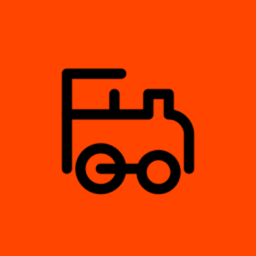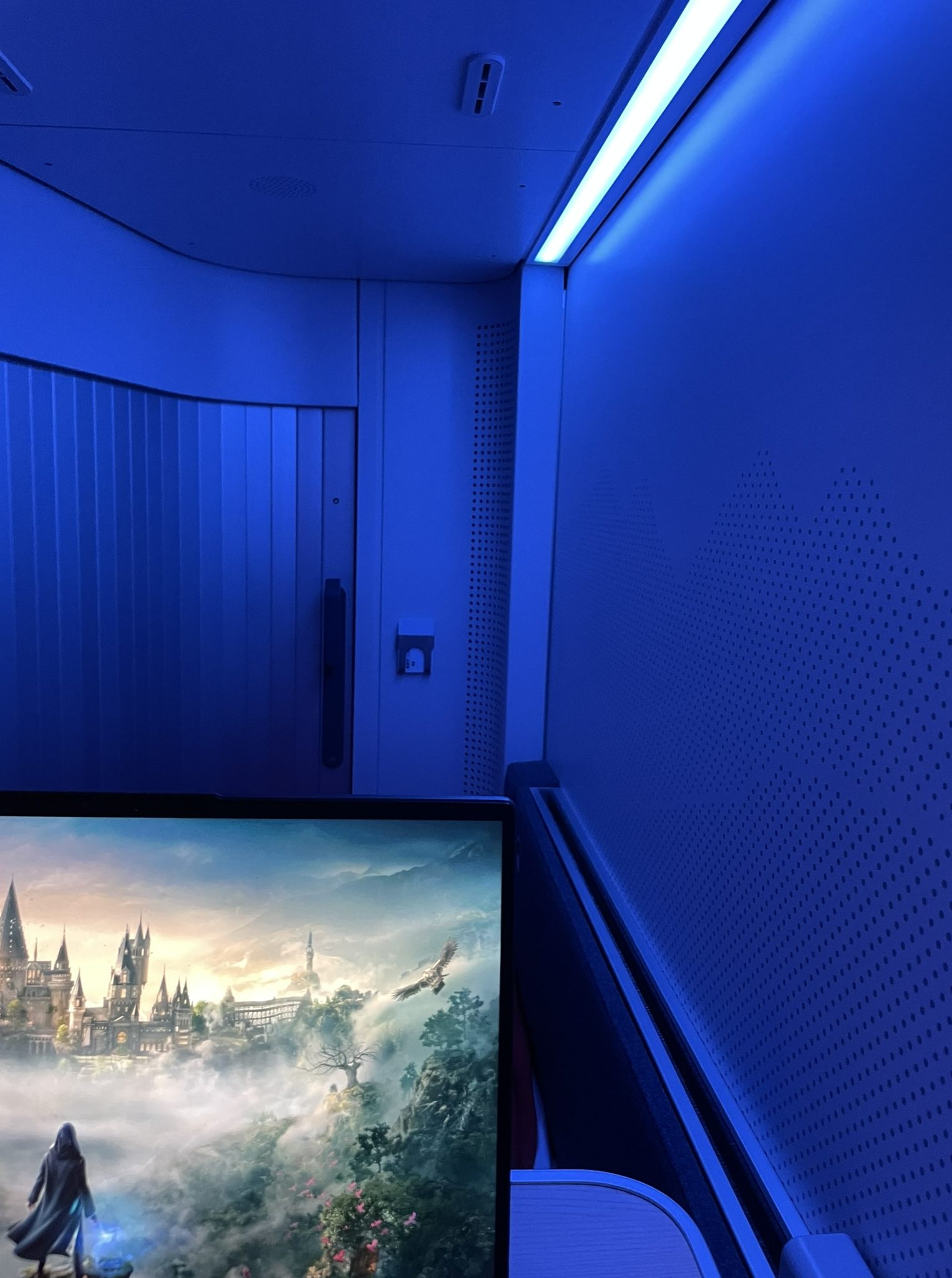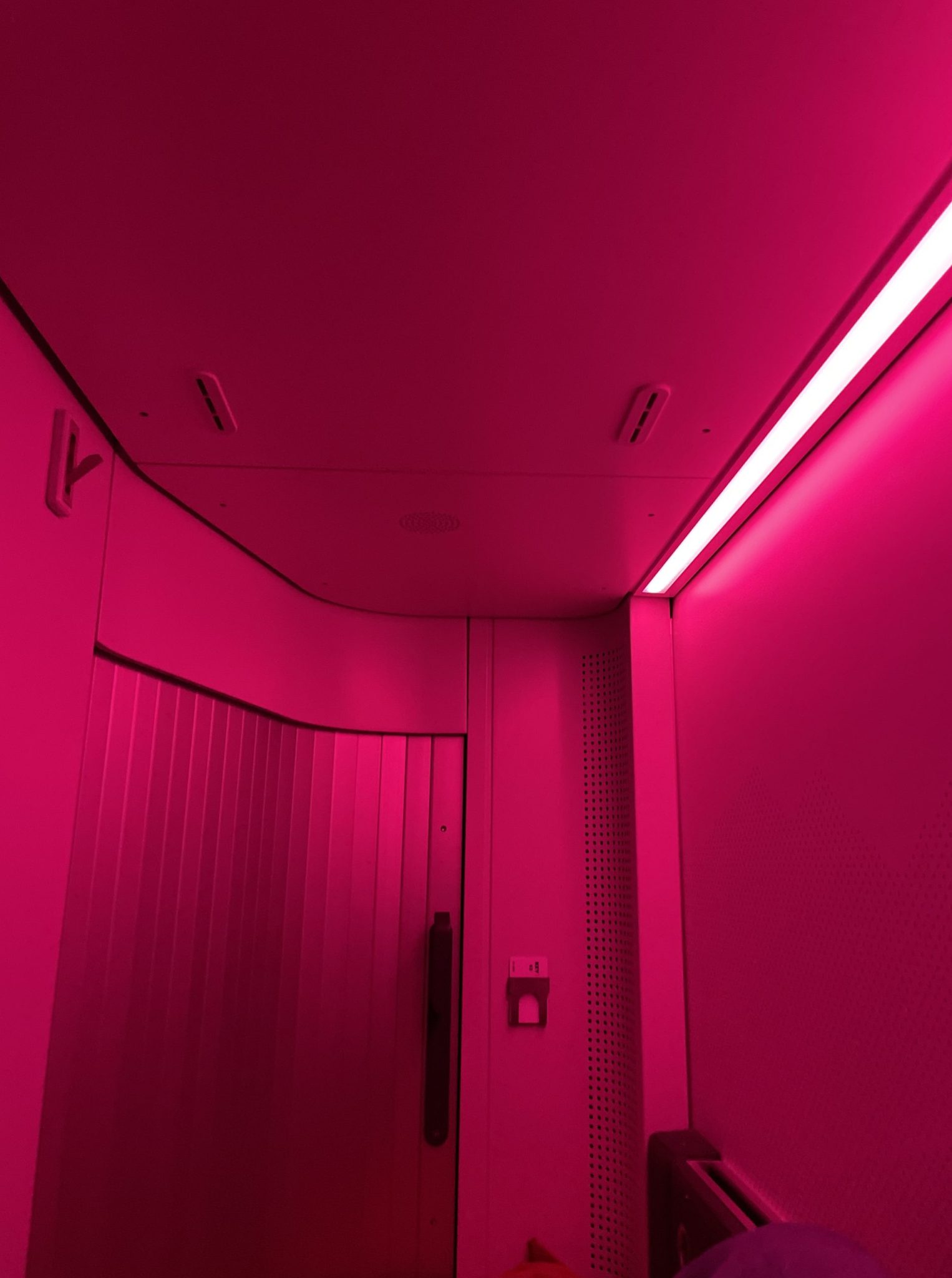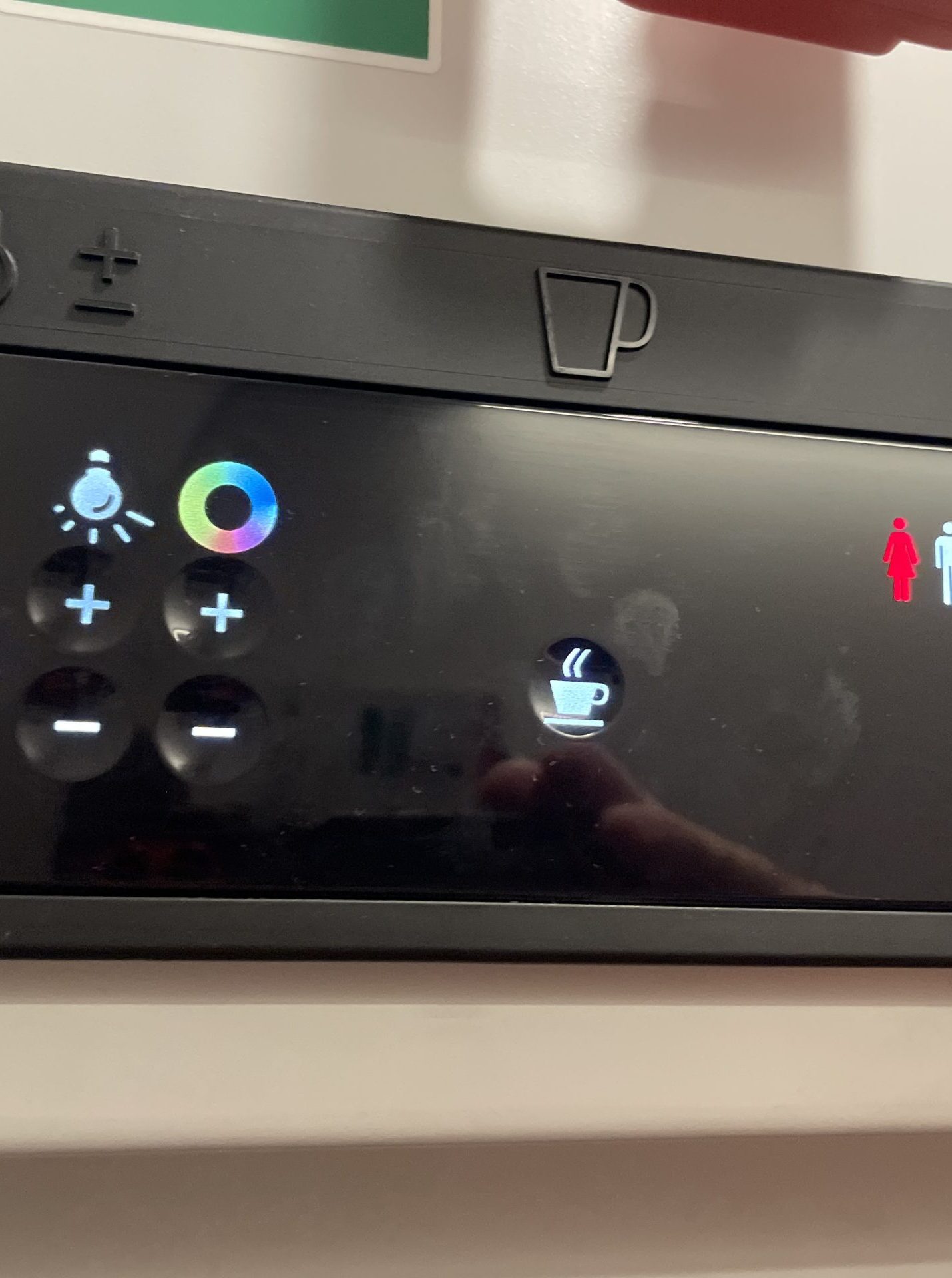Contents
Some maps of the night train network in Europe:
https://back-on-track.eu/night-train-map
https://www.night-trains.com/europe/
https://commons.wikimedia.org/wiki/File:Map_night_trains_in_europe.png) (this one is outdated)
Note that some trains don’t run daily, and and some don’t run year long, for example only in summer.
Types of night train accommodation
Generally, accommodation in night trains in Europe is divided into three types: seating, couchettes (4, 5 or 6 berth compartments), and beds (1, 2, or 3 berth compartments). Usually, it is possible to book all of these with a 2nd class Interrail pass – there is no such thing as a 1st class seat/bed etc. on most night trains. There are some rare exceptions to this, mostly in eastern Europe if you book a single bed compartment, where they do require a 1st class ticket.
Seating cars
This is the cheapest option. Most people can’t sleep while sitting upright very well, but some don’t mind it. On many Nightjet and Euronight services, seating cars of the Bmz type are used. If not all seats are filled, you can fold out two seats opposite each other and make sort of a makeshift bed. Some night trains use other types of cars that only have regular seats that can’t be reclined.
Couchette cars
This is the middle option – you can lie flat, but you’ll be in a compartment with between 4 and 6 people. During the day, the middle and top bunks can be folded against the wall and you can sit on the bottom bunk like a regular seat. You will get a clean bedsheet, a blanket and a pillow (you have to make the bed yourself). It’s possible to lock the compartment. The heating or AC is usually adjustable, as well as lighting and the announcement volume. There’s space for luggage under the bottom bunks, and a shelf above the door. There is usually a shared toilet and shower on one end of a couchette car. Sometimes the reservation includes a breakfast, it depends on the specific service. Some services have some ladies only couchette compartments, most compartments allow any gender. Some trains have an attendant in every couchette car similarly to sleeping cars, but not always. If not, the conductor will help you with folding out the beds and such, but they usually have multiple cars to handle so they’re not always in your car. Couchette cars usually look like this – older 6-berth cars, modern 4-berth cars.
Mini cabins
ÖBB is the only operator that does this type of accommodation, and only on some routes. A mini cabin is most similar to a capsule hotel. You have just a bed, and some lockers next to your bed available to you. There is a small place to charge devices, including wireless charging and the lights are controlled from a (loudly beeping) control panel, including colours. Below are some pictures giving the idea what one looks like. On the fourth slide the control panel is visible, you can see here that there are gendered (sigh) toilets and a wash basin, of which you can see if they are occupied from your cabin.
As of 21st September 2025 these operator on:
- Hamburg – Vienna
- Hamburg – Innsbruck via Munich
- Bregenz – Vienna
- Vienna/Munich/Salzburg – Bologna/Florence/Rome
- Amsterdam – Vienna
- Amsterdam – Innsbruck via Munich
Sleeping cars
The most comfortable option. You get everything that’s offered in couchette cars, more comfortable beds that are usually already made, more privacy and some extra service eg a better breakfast and a washbasin.
There are usually 2 or 3 beds in one compartment, but you can pay extra to travel alone or as a couple in a private compartment. If you travel with a larger group, in some types of cars it’s possible to have an interconnecting door between two compartments to make a 6 person room. You can usually choose between the top, middle and bottom bunk when booking. The beds can be folded against the wall during the day and you sit on the bottom bunk. There’s usually a sleeping car attendant for each car, they’ll fold out the beds in the evening (usually around 10-11 PM, but you can ask them to do it earlier or later), you can also buy food and drinks from them in the evening. In the morning they’ll wake you up usually about 1 hour before arrival to you destination and bring you breakfast, which is included in the price. In Nightjets you choose what you want for breakfast from a menu in the evening.
Sometimes, there are Deluxe and Economy compartments offered – the difference is a private bathroom and shower in the Deluxe compartment, while in Economy you share it with other passengers, although even Economy compartments have a small sink for brushing teeth and such. You usually get a small water bottle for free, but the water from the sinks is not always necessarily drinkable. You can (and should) lock your compartment, newer sleeping cars usually have a keycard. Some common types include the double deck WLABmz on Nightjet services, single deck WLABmz on Nightjet and Euronight services, or older WLAB cars on some trains mostly in Eastern Europe.
Some tips for night train travel
- Reservations are usually required for the seating cars, and always with no exception for sleeping and couchette cars. Reservations for night trains can sell out far in advance, especially for sleeping cars.
- Print out any electronic tickets/reservations you have – you will give them to the sleeping/couchette car attendant, and you’ll get them back in the morning. When the train crosses borders, the conductors will change and check the tickets/reservations. You don’t want to be woken up for a ticket check, so the attendant will show it to the conductor instead. If you have an electronic interrail pass, printing out the reservation is enough.
- A few night trains include a dining car where you can buy dinner, but sadly these are not as common as they should be.
- Many night trains have through carriages to different destinations. This means that some carriages from one train will be transferred to a different train at night. In practice it works like this: The trains from Munich and Vienna meet in Villach, part of each train gets connected to the other train. One train departs to Rome, and the other departs to La Spezia, both carrying carriages from Munich as well as Vienna. This way, you get direct connections for example from Vienna to both Rome and La Spezia, even though only one train departs from Vienna. It’s important to be in the correct carriage, so that you end up in your destination. This also means that even if the train looks long, only one or two cars might run to your actual destination – so only a few places are available, and might be sold out to your destination, even if other parts of the train that run to other destinations still have empty spots.
- It’s generally not allowed to bring pets in couchette or sleeping cars, usually only if you book the whole compartment.
- Some night trains run only seasonally, and many only run a few days a week. If you’re planning to use one, check that is actually departs on the dates you need.
Some popular night train services
ÖBB Nightjet
https://www.nightjet.com/en/#/home
ÖBB runs the largest night train network in Europe, map here (see last page). You can buy the reservations at https://www.oebb.at/en/ (select single tickets and put interrail as your discount card). Reservations for other journeys might are available at ticket offices. Some services, such as Vienna – Paris or Vienna – Rome are very popular and may sell out months in advance. Booking opens at least 90 days before departure, in some cases even longer.
ČD Night
https://www.cd.cz/en/nase-vlaky/nocni-vlaky/-27543/
ČD runs a lot of night train connections from Prague – map below (though slightly out of date). You can buy reservations at https://www.cd.cz/en/spojeni-a-jizdenka/. Reservations for other journeys are available at ticket offices. Besides ČD, Regiojet also runs night trains from Prague to Košice and Przemyśl (Interrail is valid). They only use seating and couchette cars, even though they sell some couchette cars as sleeping cars with better service. You can buy reservations only 60 days ahead of departure in most cases.
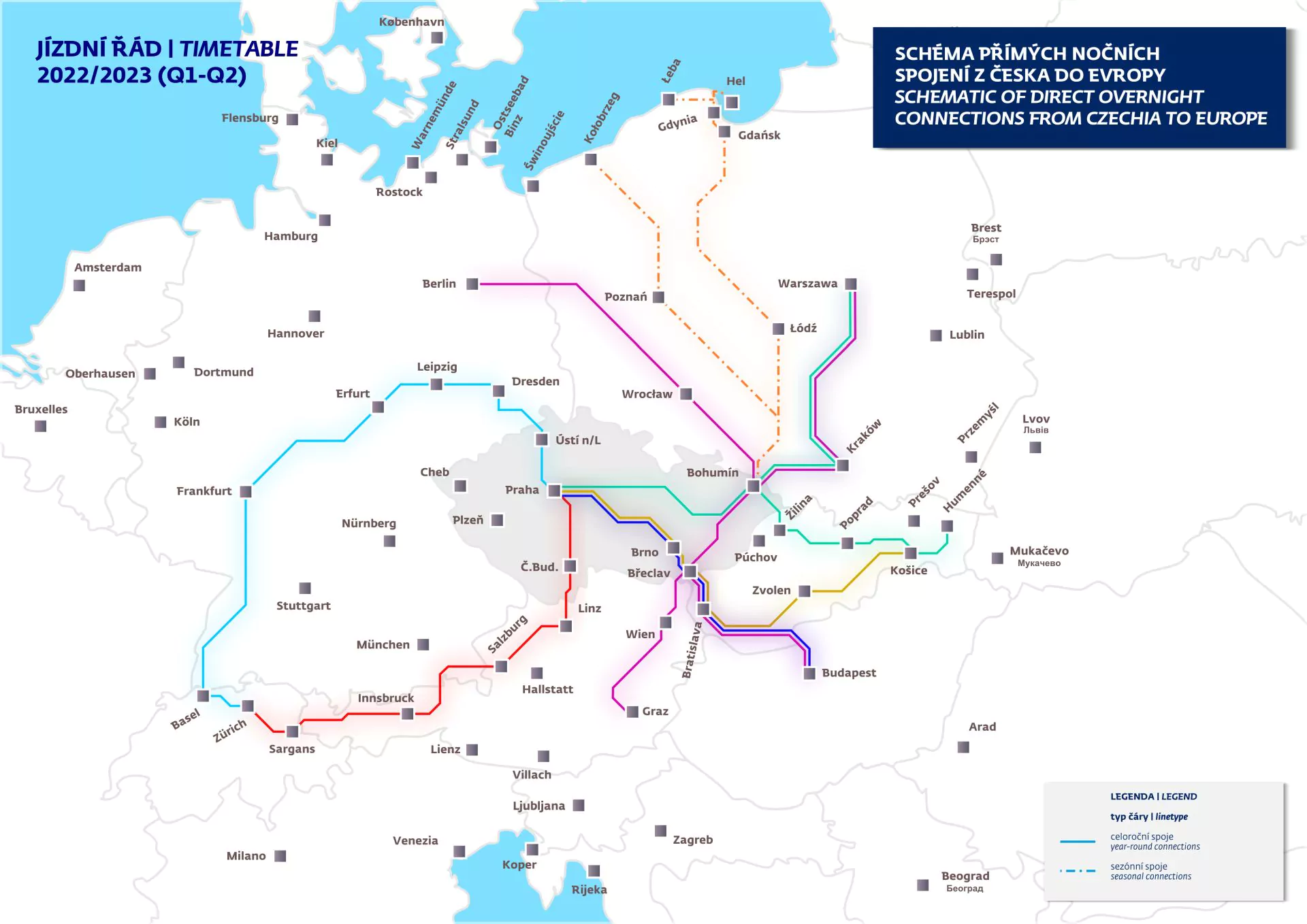
The Prague to Zurich via Innsbruck route was withdrawn in December 2024. Only the service via Germany still operates. A new Prague to Gdynia service was recently launched.
Trenitalia InterCity Notte
https://www.trenitalia.com/it/intercity-e-internazionali/intercity-notte/livelli-di-servizio.html
Italy is one of the few European countries with a domestic train network. Services to Sicily use the unique train ferry, so you don’t have to get off the train to cross the Strait of Messina.
European Sleeper
ES started running 3 times per week between Brussels and Prague via Amsterdam and Berlin. They take Interrail, just select reservation only as the fare category (where you would select adult/child otherwise).
Snälltåget and SJ trains in Sweden:
https://www.sj.se/en/travel-info/sj-night-train.html
https://interrailwiki.eu/sweden/
This includes the night train from Stockholm to Narvik (Norway) and Berlin via Hamburg (Germany). There are also lots of ferries (including overnight) between Sweden and Germany & Poland. Some of which provide a discount with interrail.
VR night trains in Finland
https://interrailwiki.eu/finland/
Dacia Express (Vienna & Budapest to Bucharest)
This is one of the most time efficient routes from central Europe to Bucharest and onwards to places like Bulgaria, Turkey, Greece (by buses). The train is run by CFR Călători though you can book reservations from ÖBB by following these instructions: Interrailing in Austria
The train is pretty standard as far as a overnight train goes though on the longer end. It features a handful of deluxe sleeper compartments which have an ensuite shower and toilet. If you do travel in the seated carriages expect to share with people making local journeys in the evening/morning. Until December 2022 the train had a restaurant carriage serving full meals on the Romanian side (from Arad to Bucharest) but this was replaced in December 2022 by a bar carriage only serving drinks and pre-packaged sandwiches. Payment is cash only (only Romanian Lei) as of December 2022 though CFR Călători have said card payments would be coming soon. More information at: https://clubferoviar.ro/exclusiv-nu-mai-sunt-vagoane-restaurant-la-cfr-calatori/ It is not possible to buy food/drink onboard on the Vienna side (i.e. in the morning heading North or in the evening heading South)
Additional sleeper trains also run just between Budapest and Bucharest run by CFR Călători. As well as a Budapest to Braşov run by MÁV.
Intercités de nuit (France)
These are a network of domestic services which run from Paris to elsewhere in France – mostly to the South. Some routes (such as to Cerbère, Hendaye & Latour de Carol) can provide good connections to/from Spain. Be aware that some routes do not run every day and others only run seasonally.
If continuing from Latour de Carol to Barcelona be aware that rail replacement buses will be in operating from October 2025 for roughly 16 months between La Garriga and Barcelona Fabra i Puig. https://euroweeklynews.com/2025/09/10/major-disruption-on-catalonias-r3-line-thousands-of-buses-to-replace-trains-from-october/
The trains are very basic though SNCF are currently in the process of refurbishing them, the refurbishment adds WiFi & power sockets to the carriages but as of 2022 its hit and miss if you receive a refurbished one or not so you should not count on them being available. There are no sleeper cars on these trains, only couchettes & seats. There is also no bar/restaurant carriage onboard – bring all the food and drink you will need. You can pre-order a small selection of food through https://www.restaurationabord.sncf/ on some trains but you need to book this in advance. If you are in the couchette you will be provided with a free small bottle of water (as well as ear plugs & eye mask) but that is it as far as food/drink. To access the 4 person couchettes you need a first class pass.
Note that the berth numbers in the 4 person couchettes are not consecutive. For example 1 room is made up of berth numbers 11, 12, 15, 16. Booking normally opens about 4 months in advance but particularly around the December and May timetable changes this is often significantly reduced.
The only current international sleeper train from France is the ÖBB Nightjet Paris to Vienna and Berlin route – which is not related to Intercités de nuit.
